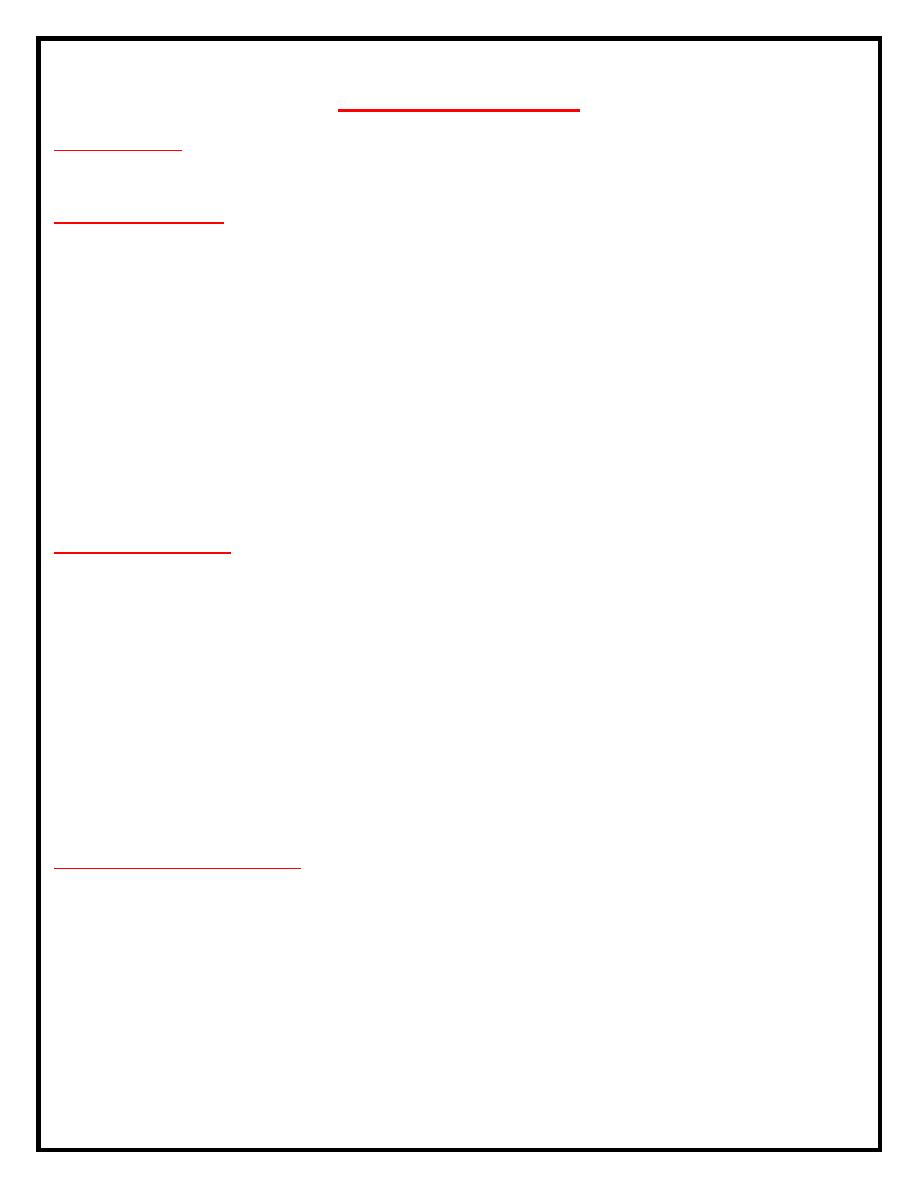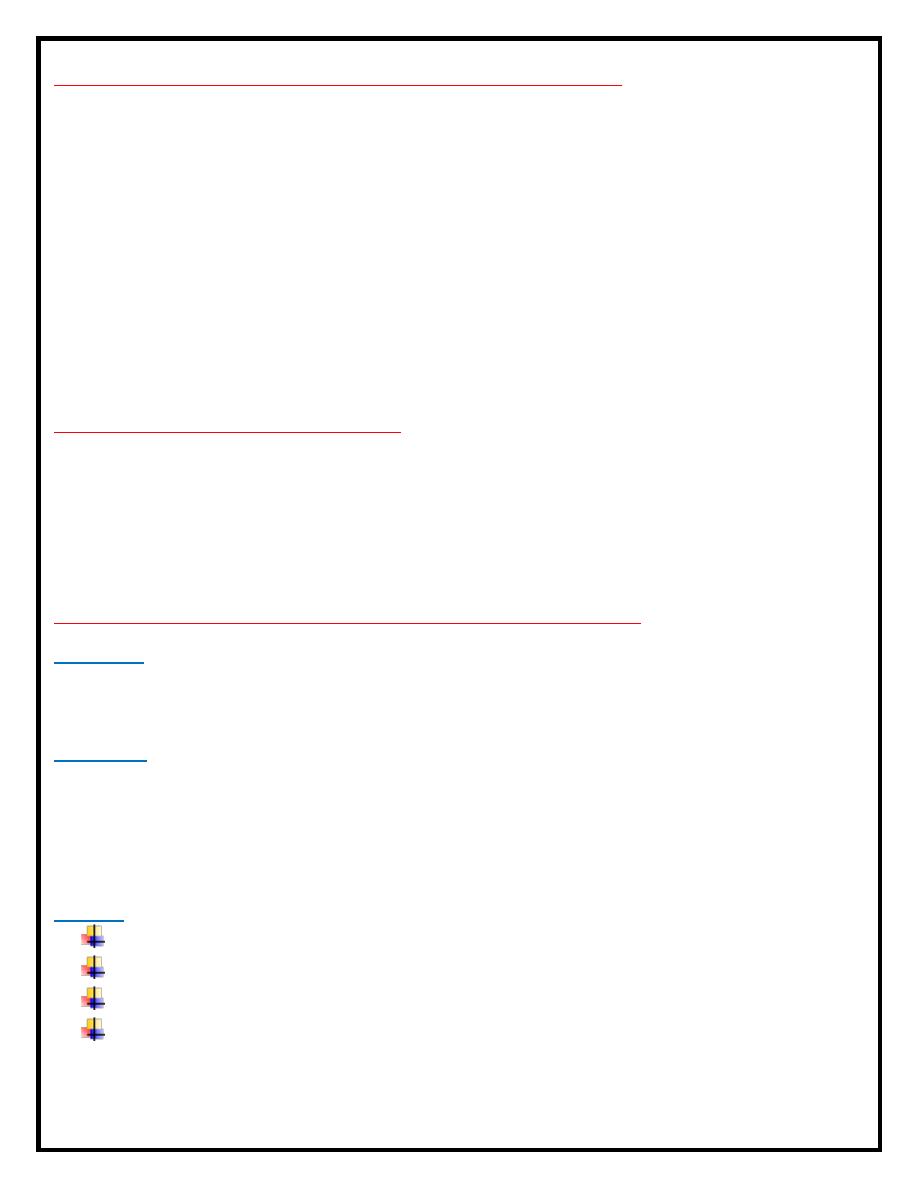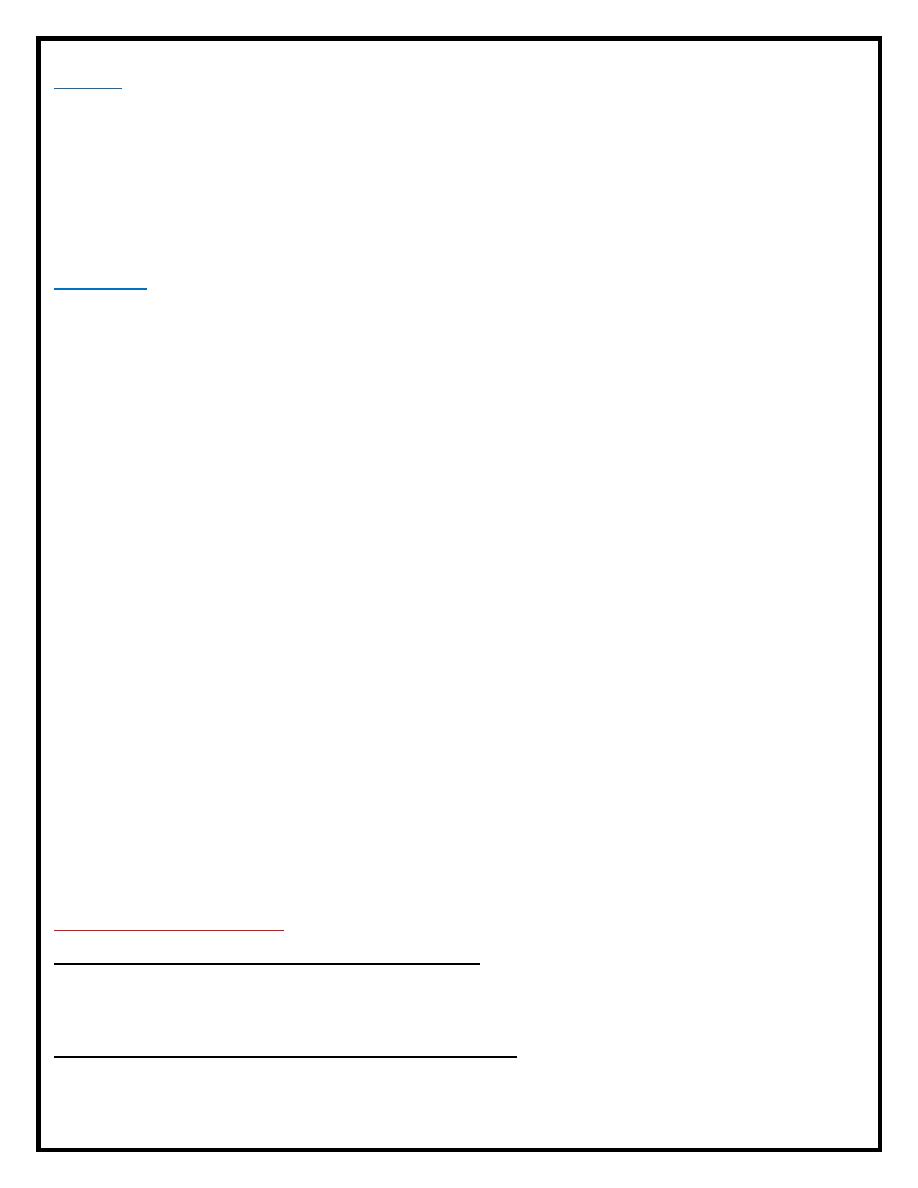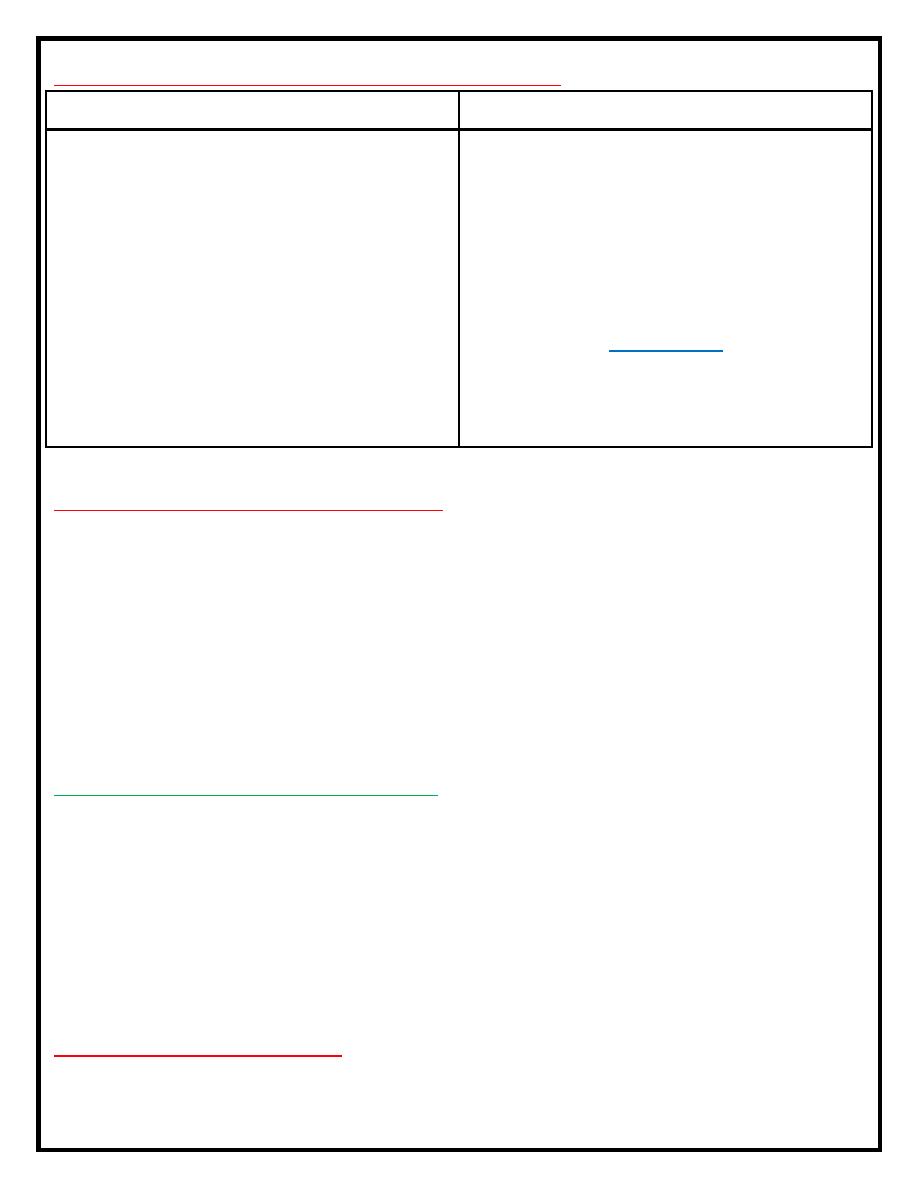
Community
Dr. Samar
Hypertension:
Weight reduction BMI < 25.
Low fat and saturated fat diet.
Low sodium diet less than 6 gm sodium chloride per day.
Limited alcohol consumption less than 21 unit/week.
Dynamic exercise 30 minutes/day.
Fruits and vegetables.
Increase fish.
Stop smoking.
Heart Failure:
Avoid large meal.
Weight reduction.
Salt restriction:
1) Avoid food which is rich in salt.
2) Avoid added salt.
3) Fluid restriction.
4) Stop alcohol.
5) Stop smoking.
Nutrition and aging:
o Under-nutrition in older adults.
o Protein energy malnutrition.
o Obesity and dyslipidemia.
o Vitamins deficiency.

Risk factors for under-nutrition in older adults:
Inappropriate food intake: irregular dietary patterns.
Poverty.
Social isolation: loss of friends and family.
Disability: arthritis, stroke (inability to preparing food).
Multiple medical problems: dementia, depression malignancy.
Alcohol abuse.
Oral health problems.
Chronic medication use: drug nutrition in interaction.
Advanced age: dependency.
Changes in body composition:
Decreasing in lean body muscle mass.
Increasing in total body fat.
Decreasing energy requirement.
Decreasing in protein reserves during period of stress.
Exercise programs may reverse part of decrease body mass.
Changes in the nutritional requirement with aging:
Calories:
1. Decrease energy requirement.
2. Decline in the physical activity.
Proteins:
Needs do not decline with the age.
1g/kg/day.
Needs increase in the stress: infection, trauma is a cushion
against progressive protein depletion.
Fibers:
Five serving of fruits or vegetables.
Grain breads and cereals.
Adequate fluid intake to prevent dehydration.
Fiber increases gradually to avoid abdominal discomfort and
flatulence.

Water:
Change thirst mechanism.
Decreasing in the ability to concentrate urine.
Decreasing in the body water.
Higher risk of dehydration.
(1500
– 2000) ml/day, (30 ml/kg).
Vitamins:
These are same as younger adults in general.
Vitamin D:
Luck sun exposure.
Kidney disease.
In all elderly encourage dietary source of vitamin D.
Vitamin D supplement (400 IV/day) if there is no exposure to
sunlight.
Vitamin B6:
Maintenance of normal cognitive function and immune-
competence.
Due to poor intake, less bioavaibility.
2 mg/day is recommended.
Vitamin B12:
Decrease intake.
Atrophic gastritis.
Increase dietary intake.
Oral.
Injection.
Hyper vitaminosis:
- Mega dose of fat-soluble vitamins:
Malaise
liver
dysfunction,
headache,
hypocalcaemia
and
leucopenia.
- Mega dose of water-soluble vitamins:
Diarrhea, false negative occult blood testing and renal stone.
- B6???

Nutritional assessment for old age adults:
History
Physical examination
1) Current illness.
2) Chronic illness & disability.
3) Medication.
4) Psychosocial.
5) Adequate income of dietary
intake.
6) Recent change.
1) Weight loss.
2) Height and weight.
3) Mobility.
4) Oral examination.
5) Skin integrity.
6) Edema.
Laboratory
1) CBC.
2) Blood urea, creatinine and
albumin.
The treatment of under-nutrition:
o Caring of dental care.
o Treat or improve chronic illness: DM, CHF.
o Oxygen.
o Diet: avoid weight loss without effect on the medical state.
o House modification.
o Social support.
o Supplement of protein power.
o Exercise.
Other nutritional routes:
Enteral.
Parenteral.
Gastrostomy.
Printed By: Ahmed Riyadh
